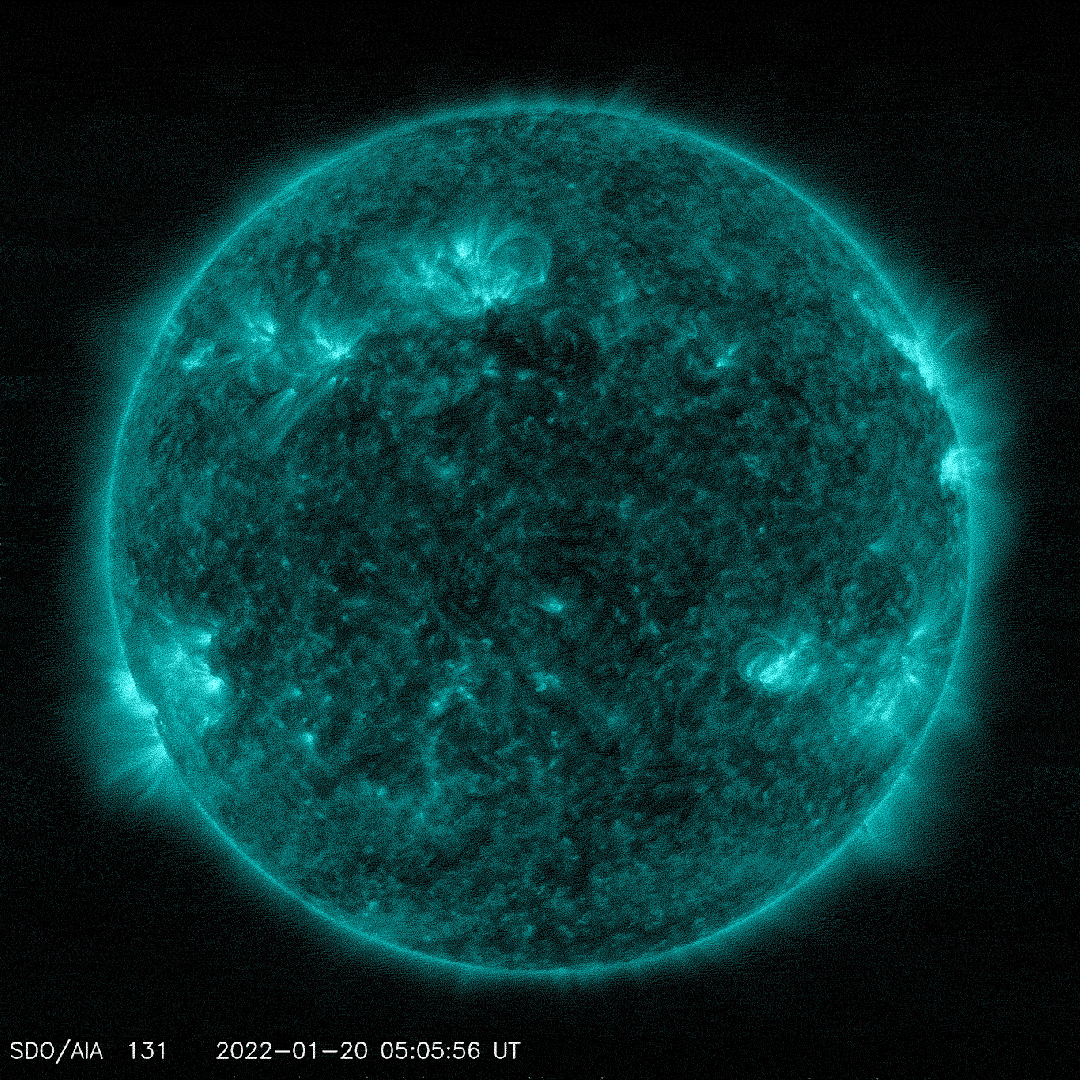Our sun unleashed its pent-up energy on Thursday in the shape of a little magnetic explosion. It’s known as a solar flare, and NASA captured it all on video and photos.
Astronomers are concerned about solar flares, which are short explosions generated by powerful magnetic forces on the sun’s surface. These occurrences may disrupt electrical power networks on Earth, resulting in widespread blackouts.
They also run the danger of interfering with radio transmissions.
“This event, in particular, disrupted radio communications over the Indian and Pacific oceans — so its likely biggest impact was a disruption of maritime communications,” stated Jesse Woodroffe, a program scientist and expert in space weather at NASA.
Even more startling, if astronauts are in the path of the flares, such explosions might endanger space passenger and spaceship safety.
The good news is that NASA classified the latest flare as an M5.5 midlevel eruption, which corresponds to a moderate severity and radio blackout hazard for the planet’s side facing the burst.
Woodroffe said it’s not very powerful in the big scheme of things, but it may have significant consequences depending on what area of the Earth is illuminated at the time of the flare.
For the time being, we can only admire at the magnificent picture obtained by the agency in “extreme ultraviolet light,” which has been colorized in an incredibly captivating teal blue.
According to Woodroffe, around 300 M-class flares occur throughout each solar cycle, and they are most likely to occur near the solar maximum, which we are slowly approaching.
He added that this solar cycle is shaping to be far more active and exciting than the previous one. That implies we might be in for a burst of solar activity like we haven’t seen in over 20 years.
What Is the Cause of a Solar Flare?
Imagine the sun it is a really powerful, magnetic soup like chicken noodle soup.
The noodles represent the magnetic fields of the sun.
However, much as stirring your soup in pursuit of a small carrot might tangle your noodles, these charged-up, magnetic lines can get knotted, particularly near sunspots.
As the spaghetti-like magnetic fields develop complicated knots and push and pull on one other, they eventually encounter an energy overload.
This causes them to erupt into space, displaying a flaming loop on the side of our massive star known as a solar flare.
Woodroffe added there is also the possibility that solar flares could cluster, which means that the arrival of one might foreshadow the emergence of several, perhaps greater flares. As a result, keeping an eye out for such situations is critical since they might be the forerunner to something more catastrophic.
And every now and again, the flaming loop extends until it gets tight enough to tear off, resulting in a coronal mass ejection. Woodroffe explains a coronal mass ejection is a little piece of the sun-blasted off and launched speeding into space toward Earth.
When it breaks, the expelled section flies straight toward our planet, gathering up space-borne particles along the way and generating a solar storm.
Fortunately, the Earth’s atmosphere covers us from the majority of the charged particles, with just a small number being trapped in our planet’s shield.
We stare up in astonishment at these imprisoned, speedy particles when that occurs.
We see them as the Northern Lights.
“I don’t know if there was a coronal mass ejection associated with this flare, but we are expecting the possible arrival of a coronal mass ejection associated with a flare that occurred on Jan. 18,” Woodroffe said. “So, even if it’s not because of this flare, we could very well see some nice auroras this weekend.”










